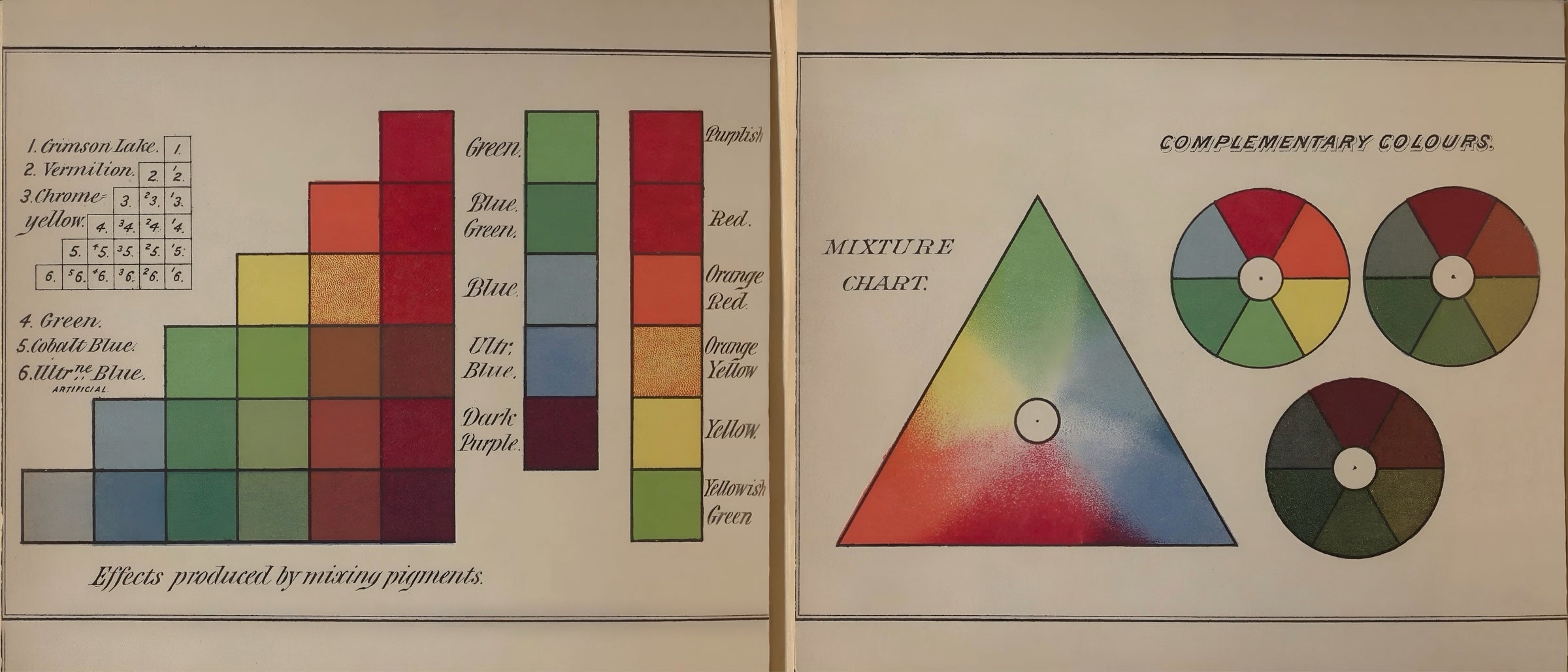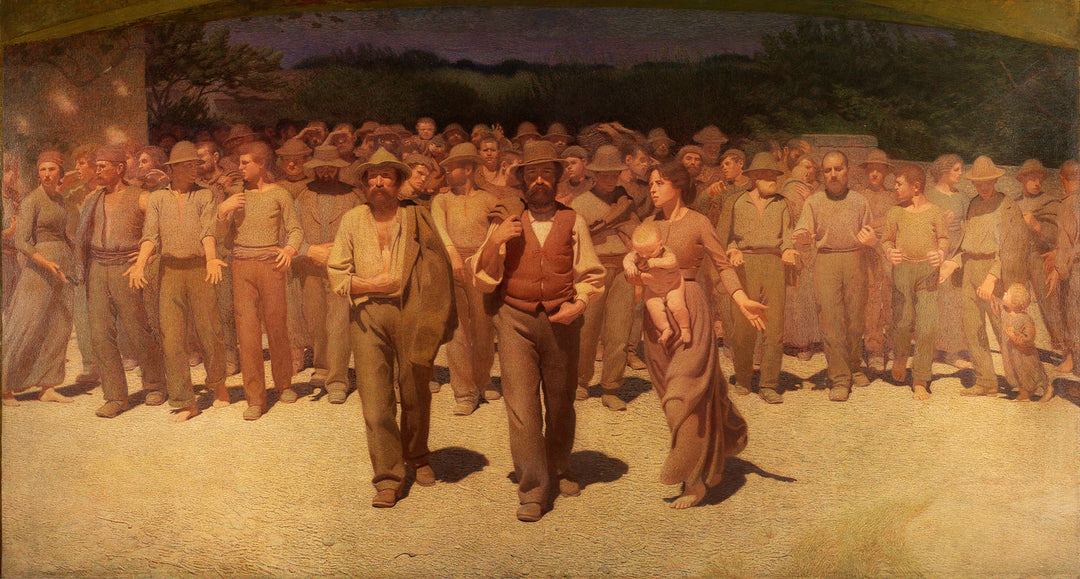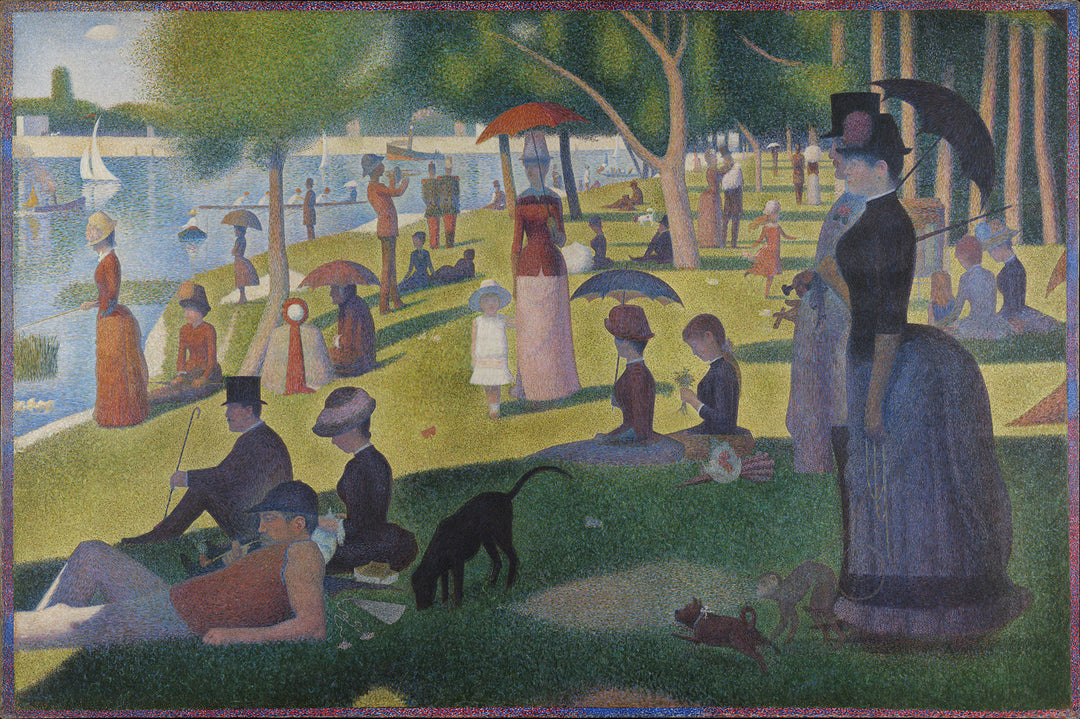
Ogden Rood
Ogden Nicholas Rood, a physics graduate, in what is today the Princeton University , in 1852, and an amateur painter, left a profound mark on color theory with his book "Modern Chromatics, With Applications to Art and Industry." Published in 1879, this text significantly influenced the understanding and application of color in art and industry. Rood explained that colors can be broken down into their primary components and that the perception of color is influenced by light and the context in which they are found. His color theory was based on the science of optics and the physiology of the human eye, emphasizing the importance of complementary colors and optical mixing.
The artistic movement that influenced Rood was Impressionism , which was characterized by the use of quick brushstrokes and an interest in capturing light and color at a given moment. However, Rood took this exploration a step further, providing a scientific basis for the techniques used by Impressionist artists. His work significantly influenced Neo-Impressionism and Pointillism , movements that adopted his theories on the optical mixing of color.
Among the most representative artists influenced by Rood's theories are Georges Seurat , Paul Signac and Camille Pissarro. Seurat, with his pointillist technique, applied Rood's principles in masterpieces such as " A Sunday Afternoon on the Island of La Grande Jatte ." Signac, co-founder of Neo-Impressionism, experimented with the application of pure and bright colors following the chromatic theories of Rood and his predecessor in this field, the chemist Michel Chevreul . Pissarro, although better known for his Impressionist work, also adopted elements of Pointillism in his later work.
Rood's influence was not limited to the mentioned movements; his color theory also had an impact on modern and abstract art. Rood's studies on light and color offered artists new tools to explore perception and visual expression. His scientific approach helped consolidate the understanding of color in art, providing a foundation for future innovations in painting and design.

